Alfred Stieglitz. Harry Callahan. Roy DeCarva. Nadav Kandar.
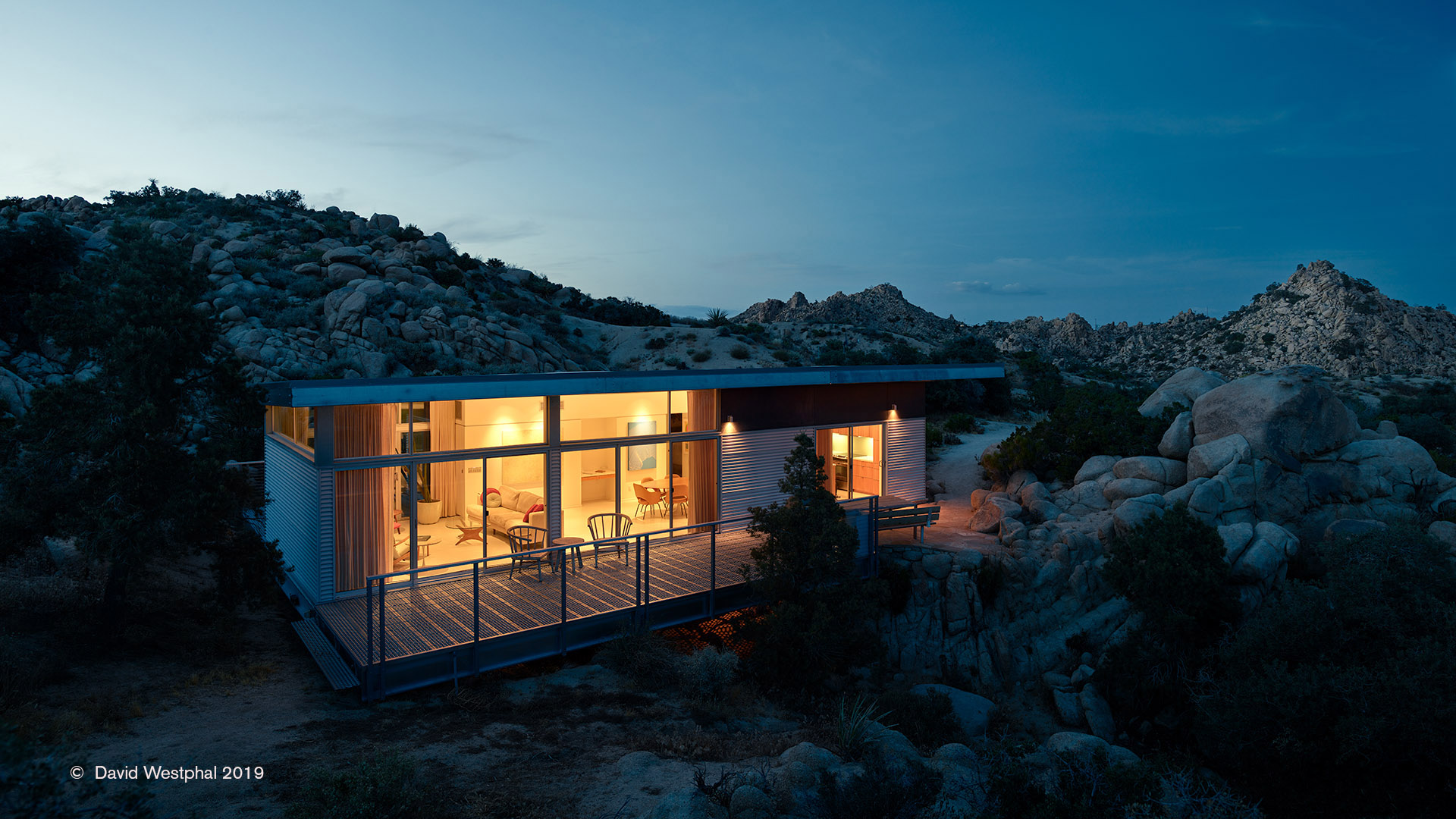
You have a broad portfolio of subject matter, automotive, architecture, environmental. What would you put your finger on as the key to your success?
The landscape is the primacy of my photographic image whether it be a natural environment or a man-made location. Shooting automotive is a means for me to put a product into my landscape image. Edge to edge construction of the image that tells a story both visually and narratively. My success comes from the idea that is based in a formal construct. The content itself and how it is placed relative to other elements is what creates the narrative, or provides a concept from which the viewer can take away a message or the company who hired me can make an argument for a certain product.
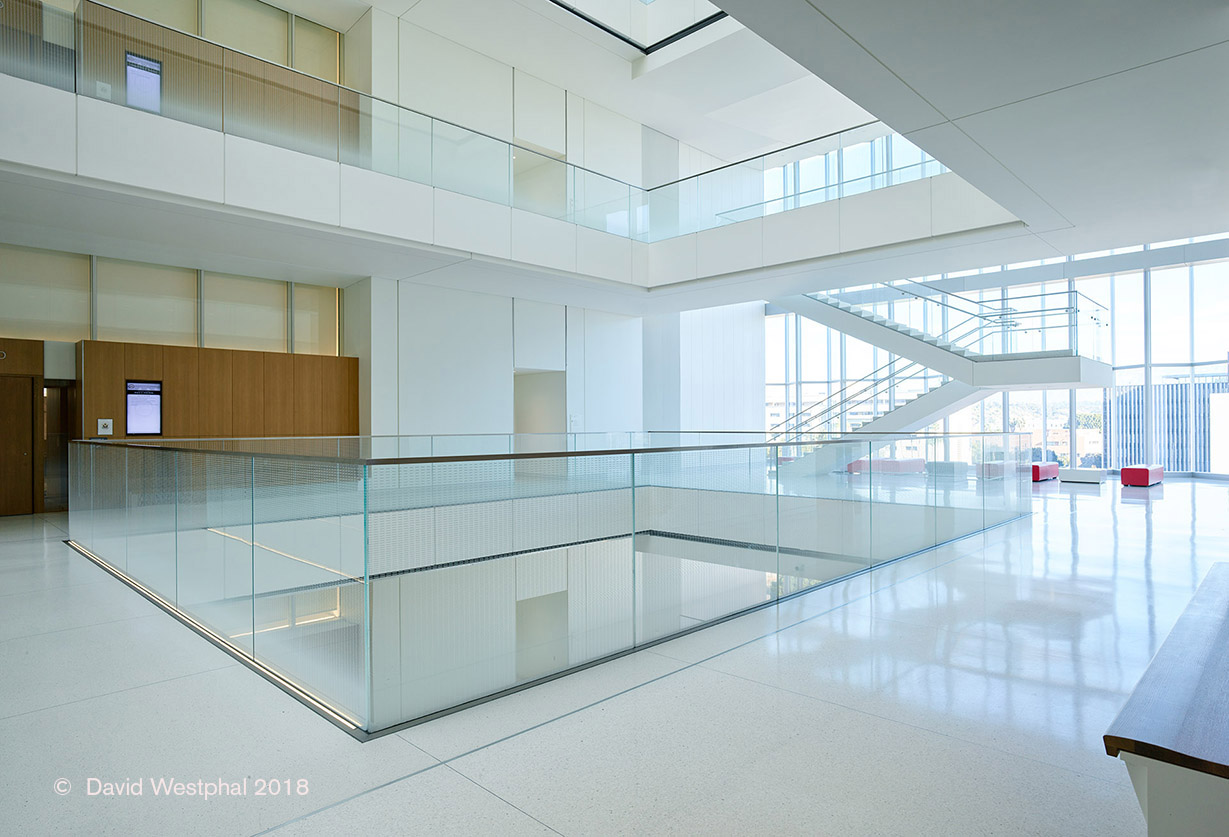
David Westphal
Has your method for approaching and obtaining clients changed over the years?
Yes. But even with changing methods, the bottom line is this. The collection of images that represent my body of work and illustrates my creative voice is the best means to keeping and gaining new clients. The biggest challenge for me is whether to show that I already know how to do what people are hiring me for or do I want to wow them. Ultimately, I need to create images that will draw people in to them and inspire them whether it be something completely outside their realm or exactly what they are looking to create themselves. In addition to that, it is about making connections to people you will have intense moments together while creating impactful imagery. This is best done in person.
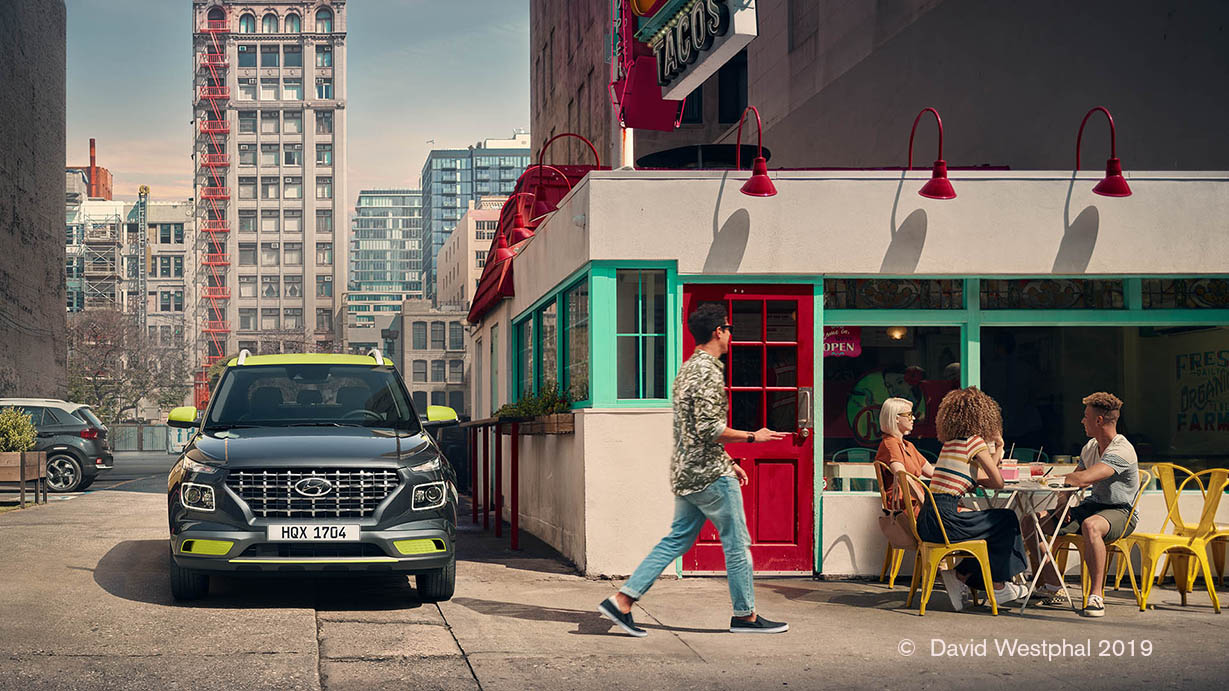
Lighting plays a major role in telling the story of your image. What is your philosophical approach to lighting?
My approach to lighting is this: The sun is my key light. The most important element beyond the relationship of the background image to the product placed into it is how the sun is used to advance the formal construct of the image and how it is used to create a mood. Whether it be a cross light or backlit scene, the sun sets the mood and if done correctly will do a lot of the work to a successful image. This also includes the lack of sun and how the lack of direct sunlight is also an effective tool to a successful image. Additional lighting is meant to add contrast points that draw the eye through the image. The ultimate goal is to create an image that creates a pathway for the eye to travel through and explore an image in a very natural way that also transmits a narrative conveying a specific message to the viewer

What is your favorite underrated photographic tool? Why? (Can you please share a picture of it?)
It is my brain. I can’t take a picture of it though because the resulting picture would mean the discontinuation of my being. I think we are so focused on external tools when the best tool we have is us. Our eyes, brain and soul that is where our images are born. We never talk about this but we should because any successful photography, illustrator, artist, etc… all start with a feeling about something that they cannot stop having and the only way they can satisfy this feeling is through the exercise of their brain (and for me eyes) to that end of creating something that is an extension of their being.
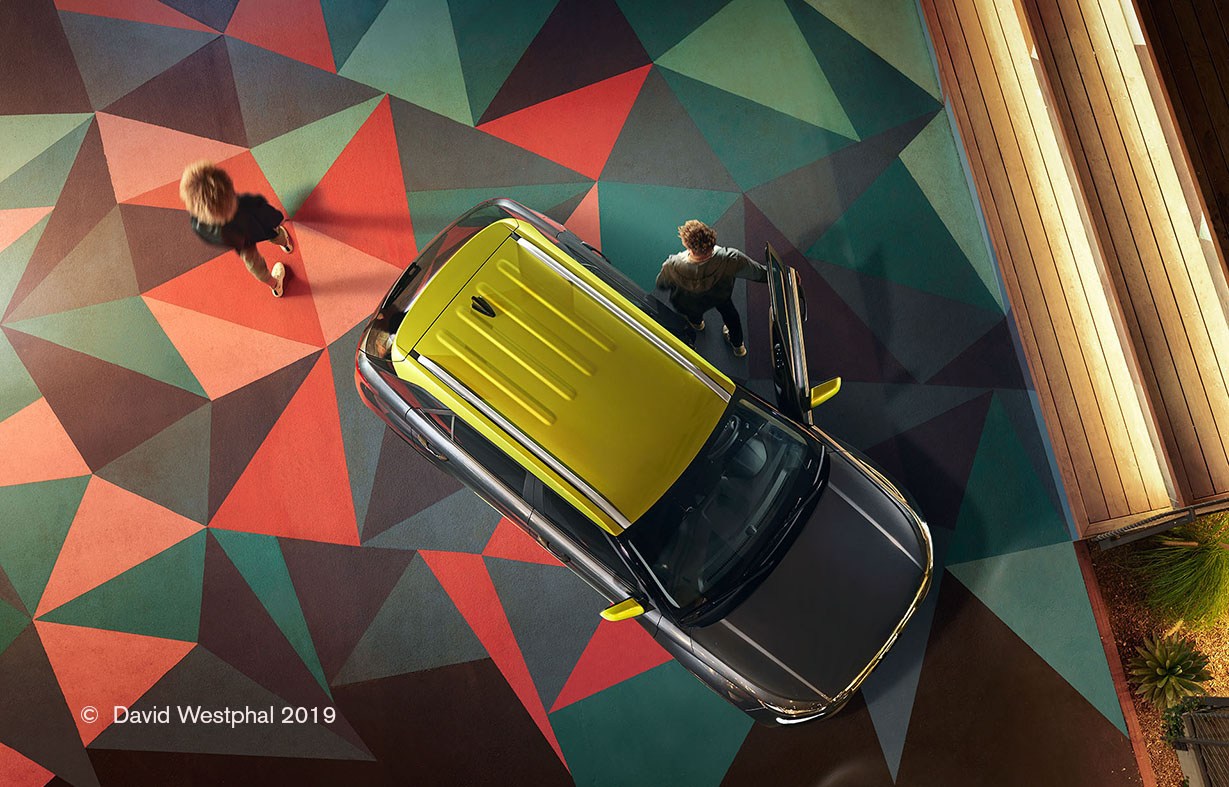
With so many great digital camera systems to choose from today, why Phase One?
Well, Let me put on my commercial photographer hat on for a minute. Ok, (clearing throat), the Phase One digital system is reserved for the photographer who strives for the best quality image that exemplifies their commitment to their craft. The quality of the Phase One image creates barriers to entry that separates the top line photographers from others.
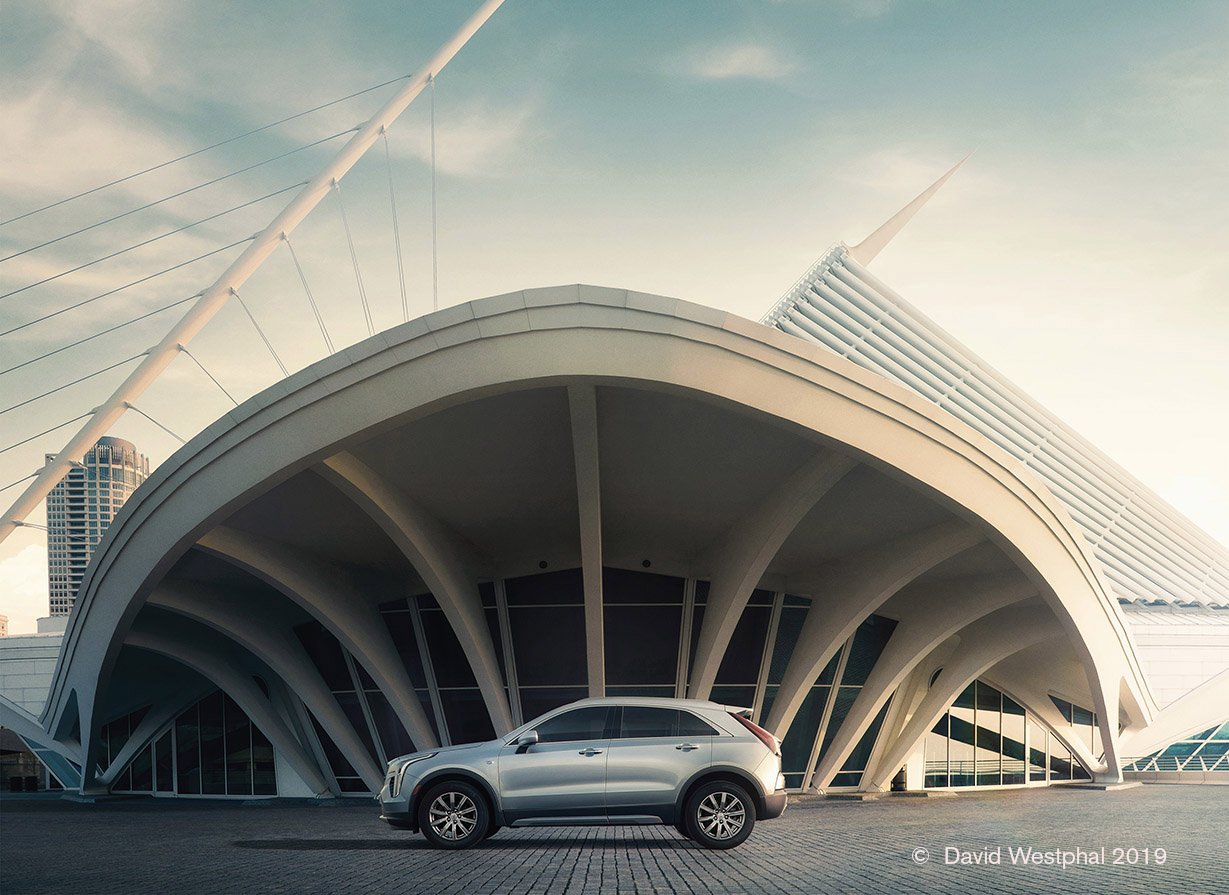
If you were behind your camera and could choose anything you wanted to be in your viewfinder, where would you be and what would you be looking at?
Wow, I just sat here for the past 10 minutes thinking of all the images I would like to create. That means all the places I would visit. A landscape that is natural in nature would be my first place. But let’s not envision the dramatic valley fish eye landscape we see on IG. Those are easy. I want to be in front of a landscape that takes the viewer into the image in a transcendental way that moves them to be provoked or inspired.